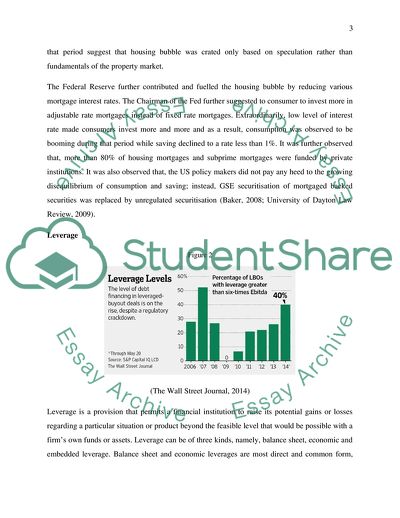Cite this document
(Discuss the seven main triggers of the 2007-2008 financial crisis Essay, n.d.)
Discuss the seven main triggers of the 2007-2008 financial crisis Essay. https://studentshare.org/macro-microeconomics/1844465-discuss-the-seven-main-triggers-of-the-2007-2008-financial-crisis-identified-by-alan-blinder-in-after-the-music-stopped-how-did-each-contribute-to-the-crisis-how-did-the-actions-and-decisions-of-key-us-policymakers-presidents-bush-obama-and-t
Discuss the seven main triggers of the 2007-2008 financial crisis Essay. https://studentshare.org/macro-microeconomics/1844465-discuss-the-seven-main-triggers-of-the-2007-2008-financial-crisis-identified-by-alan-blinder-in-after-the-music-stopped-how-did-each-contribute-to-the-crisis-how-did-the-actions-and-decisions-of-key-us-policymakers-presidents-bush-obama-and-t
(Discuss the Seven Main Triggers of the 2007-2008 Financial Crisis Essay)
Discuss the Seven Main Triggers of the 2007-2008 Financial Crisis Essay. https://studentshare.org/macro-microeconomics/1844465-discuss-the-seven-main-triggers-of-the-2007-2008-financial-crisis-identified-by-alan-blinder-in-after-the-music-stopped-how-did-each-contribute-to-the-crisis-how-did-the-actions-and-decisions-of-key-us-policymakers-presidents-bush-obama-and-t.
Discuss the Seven Main Triggers of the 2007-2008 Financial Crisis Essay. https://studentshare.org/macro-microeconomics/1844465-discuss-the-seven-main-triggers-of-the-2007-2008-financial-crisis-identified-by-alan-blinder-in-after-the-music-stopped-how-did-each-contribute-to-the-crisis-how-did-the-actions-and-decisions-of-key-us-policymakers-presidents-bush-obama-and-t.
“Discuss the Seven Main Triggers of the 2007-2008 Financial Crisis Essay”. https://studentshare.org/macro-microeconomics/1844465-discuss-the-seven-main-triggers-of-the-2007-2008-financial-crisis-identified-by-alan-blinder-in-after-the-music-stopped-how-did-each-contribute-to-the-crisis-how-did-the-actions-and-decisions-of-key-us-policymakers-presidents-bush-obama-and-t.


